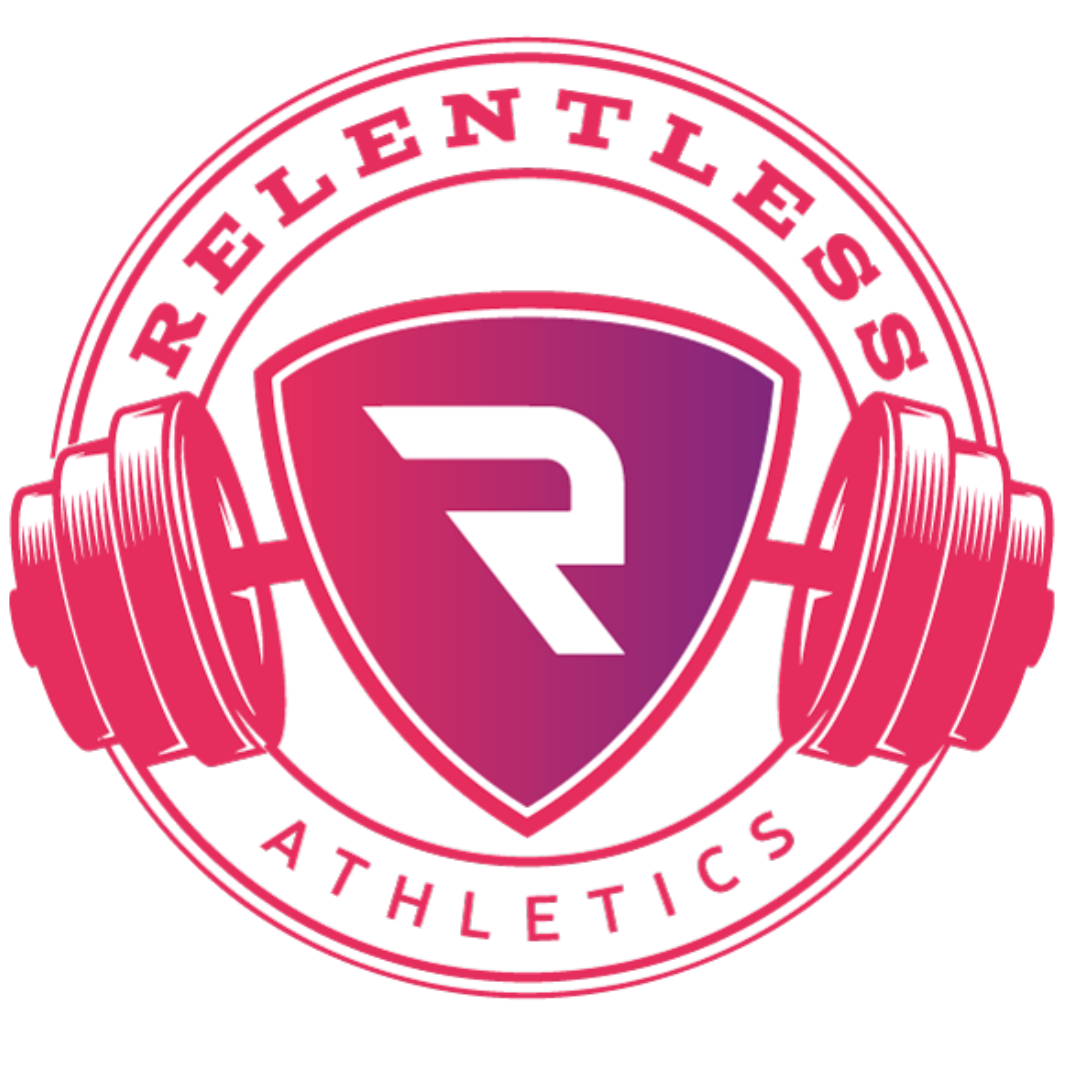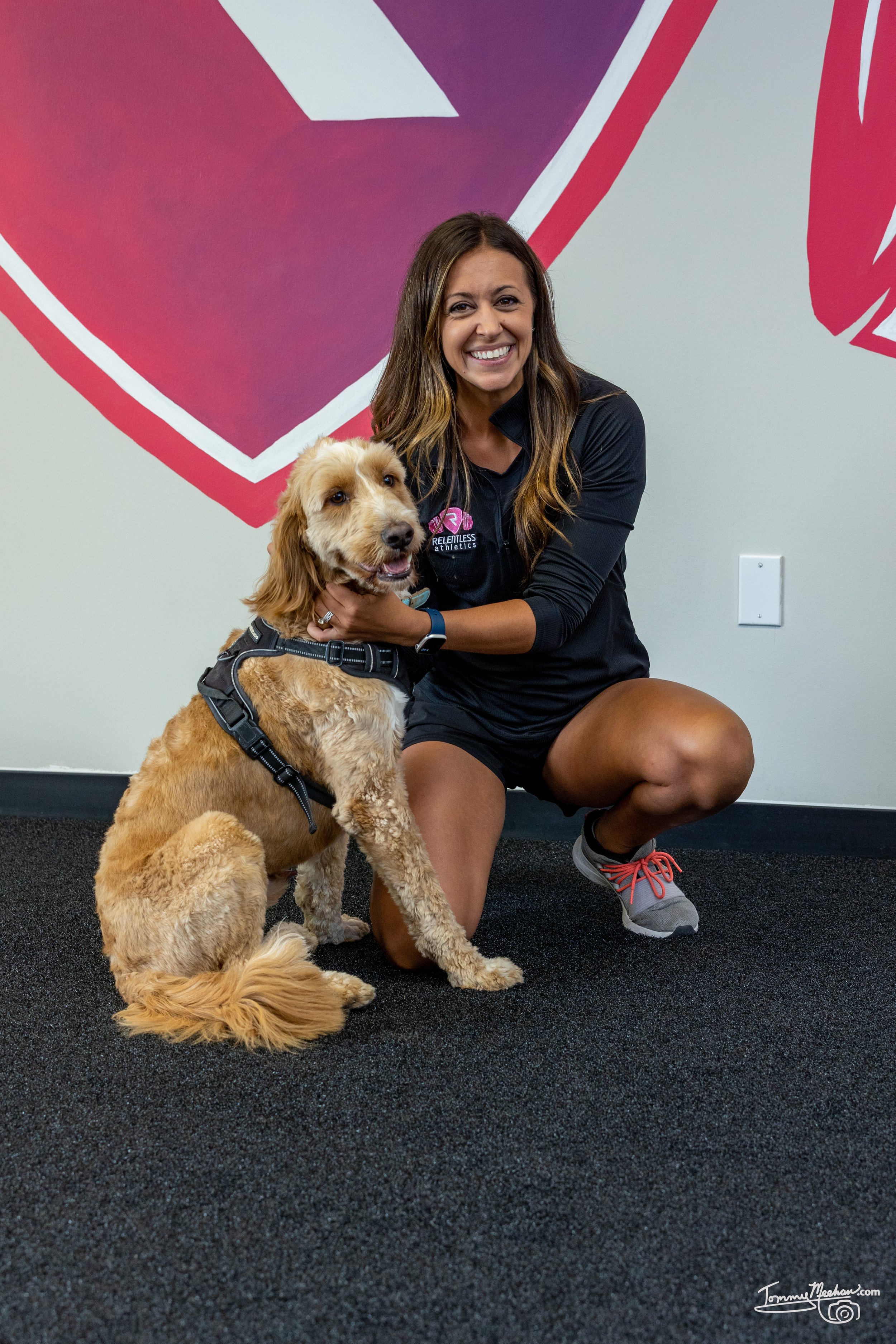Female Athletes Need to Train Differently: Its Biological.
By Emily Neff (Pappas), Ph.D. student
In the world of sports and athleticism, one size does not fit all.
Female athletes are biologically different than males and need to train for their sport based on these differences that emerge after puberty.
Developing athleticism in the female athlete is rooted in these differences, here is what she needs to do.
HOW HORMONES INFLUENCE MUSCLE TYPE
After the onset of puberty, boys experience a surge in testosterone, a key factor in the development of muscle fibers.
Specifically, boys' muscles tend to have a greater proportion of type II fibers.
These fibers confer advantages such as enhanced speed and explosiveness. Their only downfall is that they have low endurance.
What does this look like on the field?
When a male and female athlete sprint against each other, you may notice the male explodes out the first 5 yards, leading the female athlete behind. A couple yards later the female catches up.
So why are female athletes innately slower in the first 5-10 yards of their sprint?
It’s because they lack these TYPE II muscle fibers.
Without these fast twitch fibers (and the ability to recruit them fast— more on this in a bit), female athletes innately will be slower and less explosive than their male counterparts.
With the absence of a similar surge in testosterone levels, females have more type I muscle fibers.
These fibers are considered slow twitch because they are less explosive BUT they have great endurance and are less easily fatigued.
Notice: Type 1 is a girl and Type 2 is a boy
But that’s not where the difference ends.
Even more, when a female athlete goes through puberty her tendons and ligaments become loose.
This helps accommodate their growing bones without an equal muscle growth.
BUT when it comes to explosiveness, loose tendons and ligaments lead to force dissipation, meaning an even slower, less explosive athlete on the field.
HOW TRAINING INFLUENCES MUSCLE FIBER TYPE
Enter type IIx fibers – muscle fibers that can CHANGE based on training to become lean, fast, and powerful.
How can females develop type IIx fibers?
Well, contrary to popular misconception:
Heavy & explosive lifting is not synonymous with developing bulky muscles. Instead, it's a pathway to type IIx fibers!
Female athletes can benefit significantly from incorporating compound heavy lifts into their training routines.
Exercises like back squats, bench presses, and deadlifts engage multiple muscle groups simultaneously, fostering strength development.
Explosive lifts, including cleans, snatches, pulls, and jumps, are integral to cultivating & recruiting the desired type IIa fibers. These dynamic movements enhance muscle power and contribute to overall athleticism.
Finally, sprint training, featuring short, fast sprints, further complements explosive speed development.
HOW MOST FEMALE ATHLETES TRAIN INSTEAD
Unfortunately, societal misconceptions often lead females to train counterproductive.
Fearing bulking up, most girls focus on lighter lifts, higher repetitions, and long-duration runs – a regimen more suited for type I fiber development.
Which means more of the muscle fiber she already has and less explosive and powerful female athletes on the field or court.
Meanwhile, other female athletes don’t lift at all or do not do so consistently.
This means she only uses her SPORT to train her muscles— and sport CANNOT develop type IIx muscles, there is not enough progressive loading to do so—- leaving your daughter innately slower and less explosive than her male counterparts (or than her opponent who lifts consistently)
…..why do you think college female athletes lift at least 2-3x per week?
FEMALES NEED TO TRAIN DIFFERENTLY
Recognizing and embracing the biological differences between male and female athletes is crucial in tailoring effective training programs.
To become FAST, EXPLOSIVE, and ATHLETIC, females need to develop the muscle fiber she is lacking- TYPE II FAST TWITCH
By embracing a training approach that aligns with their unique biology, female athletes can unlock their full potential and redefine the narrative surrounding women in sports.
LETS START TRAINING:
Train with us ON LOCATION
Train with us ONLINE
Related Articles:
ABOUT THE AUTHOR
In 2015 Emily opened Relentless Athletics to build a community for female athletes while educating their parents and coaches on the necessity of strength training and sports nutrition to optimize sports performance and reduce injury risks in the female athlete population.
Emily holds a M.S. in Exercise Physiology from Temple University and a B.S. in Biological Sciences from Drexel University. She is currently pursuing her Ph.D. at Concordia University St. Paul with a research focus on female athletes & the relationship between strength training frequency, ACL injury rates, and menstrual cycle irregularities (RED-s). Through this education, Emily values her ability to coach athletes and develop strength coaches with a perspective that is grounded in biochemistry and human physiology.
When she isn’t on the coaching floor or working in her office, she is at home with her husband Jarrod and their daughter Maya Rose, and, of course, their dog Milo (who has become the mascot of Relentless)!!















